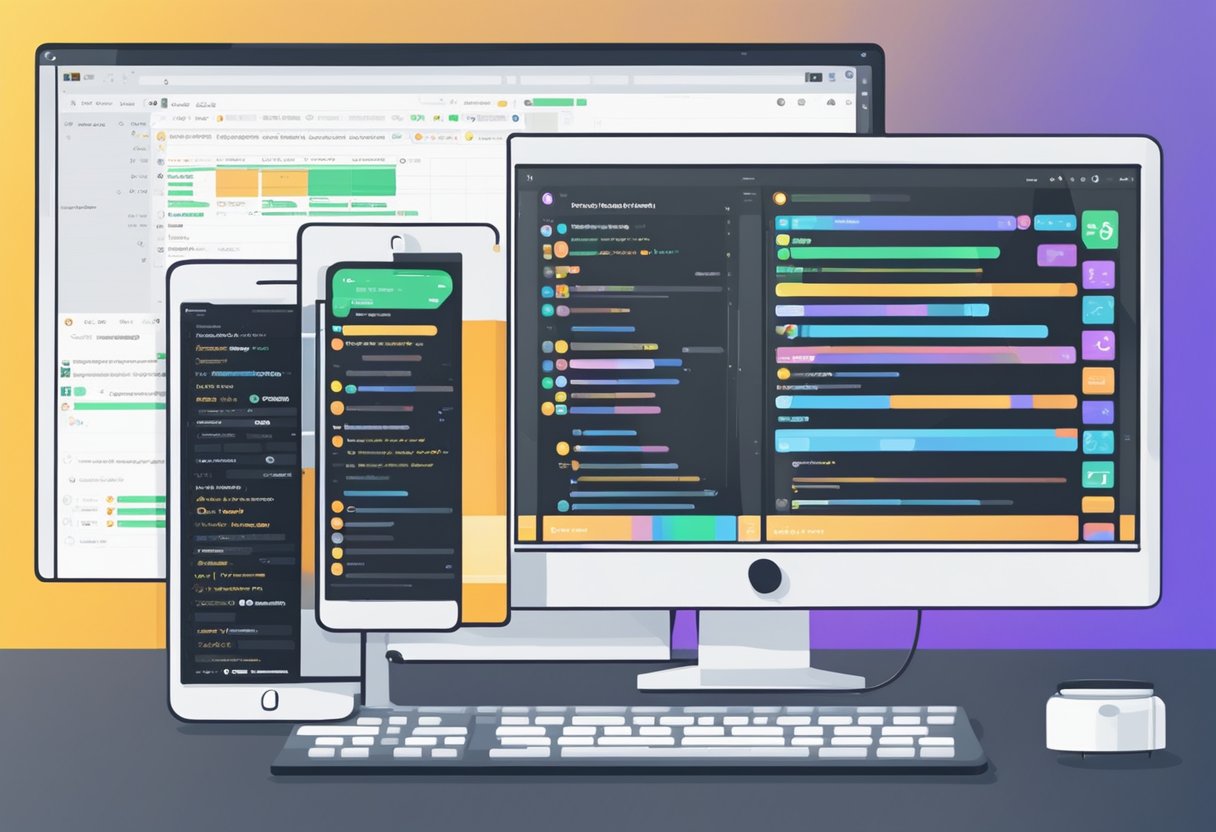React Native is a popular framework for building mobile applications that can run on both iOS and Android platforms. While React Native provides a solid foundation for building UI components, it does not include built-in support for real-time communication. This is where Socket.io comes in. Socket.io is a JavaScript library that enables real-time, bidirectional communication between clients and servers.

In this article, we will explore how to build real-time chat applications with React Native and Socket.io. We will start by discussing the basics of Socket.io and how it works. We will then move on to integrating Socket.io into a React Native application and building a simple chat application. Finally, we will discuss some best practices for building real-time chat applications and some potential challenges that you may encounter along the way. Whether you are a seasoned React Native developer or just getting started, this article will provide you with the knowledge and tools you need to build real-time chat applications with ease.
Índice De Conteúdo
Fundamentals of Real-Time Communication

Understanding Real-Time Chat Applications
Real-time chat applications enable users to communicate with each other instantly, without any delay. These applications are widely used in various industries such as healthcare, education, and e-commerce. They offer a convenient way for users to communicate and collaborate with each other in real-time.
Overview of React Native
React Native is a popular framework for building mobile applications using JavaScript. It allows developers to build native-like applications for both iOS and Android platforms using a single codebase. React Native provides a rich set of components and APIs that enable developers to build high-performance mobile applications with ease.
Introduction to Socket.io
Socket.io is a JavaScript library that enables real-time, bidirectional communication between clients and servers. It uses WebSockets as the underlying transport protocol and provides a simple and easy-to-use API for building real-time applications. Socket.io can be used with any backend technology, including Node.js, PHP, and Ruby on Rails.
In summary, building real-time chat applications with React Native and Socket.io requires a solid understanding of the fundamentals of real-time communication, as well as the capabilities of both technologies. By leveraging the power of React Native and Socket.io, developers can build high-performance, real-time chat applications that meet the needs of their users.
Building the Chat Application
Setting Up the Development Environment
Before building a real-time chat application with React Native and Socket.io, developers need to set up their development environment. They need to install Node.js and React Native CLI to create a new project. After creating a new project, they can install the required dependencies such as Socket.io-client, React Native Gifted Chat, and React Native Vector Icons.
Designing the Chat UI
Designing the user interface is an essential part of building a chat application. Developers can use React Native Gifted Chat to design the chat UI, which provides a set of customizable components such as messages, input toolbar, and avatar. They can also use React Native Vector Icons to add icons to the UI.
Implementing Socket.io in React Native
Socket.io is a popular library used for real-time communication between the client and the server. Developers can use the Socket.io-client library to implement Socket.io in their React Native chat application. They need to connect to the server using the socket instance and emit events such as ‘join’ and ‘message’ to communicate with other users.
Handling Data and State
To handle data and state in a chat application, developers can use React’s state management system. They can store the chat messages in an array and update the state whenever a new message is received or sent. They can also use Redux or MobX for state management in larger applications.
Testing and Debugging
Testing and debugging are crucial steps in building any application. Developers can use tools such as React Native Debugger and Chrome DevTools to debug their application. They can also use Jest and Enzyme for unit testing and integration testing.
In conclusion, building a real-time chat application with React Native and Socket.io requires setting up the development environment, designing the chat UI, implementing Socket.io, handling data and state, and testing and debugging the application. With the right tools and techniques, developers can create a robust and efficient chat application that meets the needs of their users.


1 comentário em “Building Real-Time Chat Applications with React Native and Socket.io: A Comprehensive Guide”